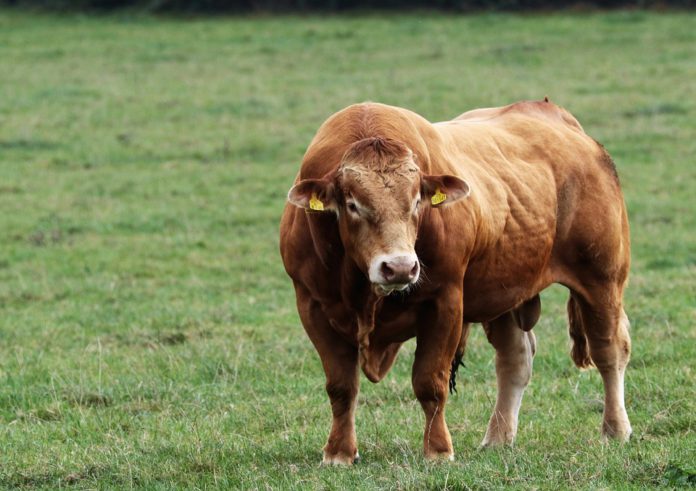A team of researchers from Rothamsted Research have found that direct emissions of powerful greenhouse gas can be lower from certain pasture types.
The research team collected urine samples from animals reared on pastures where white clover grows and found that the amount of nitrous oxide produced was half of what was previously assumed by scientists.
Nitrous oxide is a potent greenhouse gas that is 265 times more harmful than CO2 and can account for 40% of beef supply chain emissions. The group say that these findings may help farming achieve its ‘net zero’ by 2040.
The researchers measured just 1 herd in their experimental beef and sheep farm in Devon, whereas most studies combine data from a variety of experimental systems before arriving at their conclusions.
Co-author of the study, Dr Laura Cardenas, said such estimates are currently provided to the Intergovernmental Panel on Climate Change to scientists wishing to include it in their calculations on the climate impact of our food supply chains.
She said: “Due to technical and logistical challenges, field experiments which measure losses of nitrous oxide from soils usually add livestock faeces and urine they have sourced from other farms or other parts of the farm, meaning that the emissions captured do not necessarily represent the true emissions generated by the animals consuming the pasture.”
Study
Writing in the journal, Agriculture, Ecosystems and Environment, the team reported how they created a near ‘closed’ system, whereby the circular flow of nitrogen from soil to forage to cattle and back to the soil again could be monitored.
Herds of 30 cattle were grazed on land three types of land:
- Old pasture;
- High-sugar grass commonly sown by farmers;
- High sugar grass with white clover mix.
The lead author of the study, Dr Graham McAuliffe, had previously discovered reductions of greenhouse gasses associated with white clover inclusion in a sward. This conclusion was widely based on the reduced need for ammonium nitrate fertiliser.
However, in the absence of evidence at that time, the team relied on figures provided by the IPCC which assume all cattle urine or faeces deposited to soils cause the same volume of nitrogen-based emissions irrespective of pasture type.
The most recent IPCC figures provided to scientists estimate this ‘emission factor’ as 0.77%. However, the Rothamsted team’s latest experiment found it was 0.44% on the white clover-high sugar grass mix, once the additional nitrogen captured from the air by clover was accounted for.
More research needed
Dr McAuliffe said: “These differences might not sound like much, but when used in calculations of the climate impact of beef, they have a considerable effect as nitrous oxide emissions can account for over 40% of entire supply-chain greenhouse gas losses.”
In order to explain the detailed mechanisms behind the observed complementary between white cover and high sugar grasses, Dr Cardenas stated that more research needed to be conducted.
“The evidence suggests that including white clover amongst high sugar grass decreases the abundance of microbial genes associated with nitrous oxide production compared with microbial communities observed under just high sugar grass.”
“Although white clover is unlikely to be a ‘silver bullet’ for agriculture’s net-zero ambitions on its own, adopting combinations of multiple emissions-abatement interventions, such as increasing legume-inclusion in pasture compositions and utilisation of ‘low-carbon’ fertilisers, will be essential to maximise farming’s national and international contribution to a cooler planet.”





